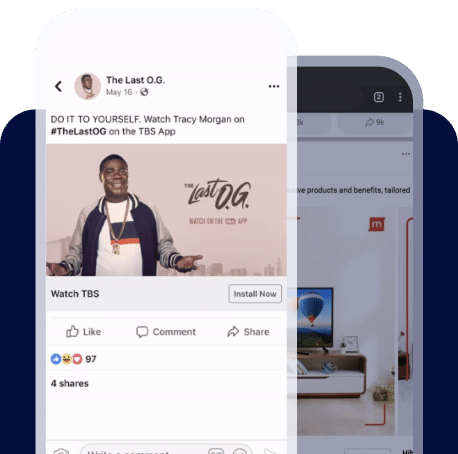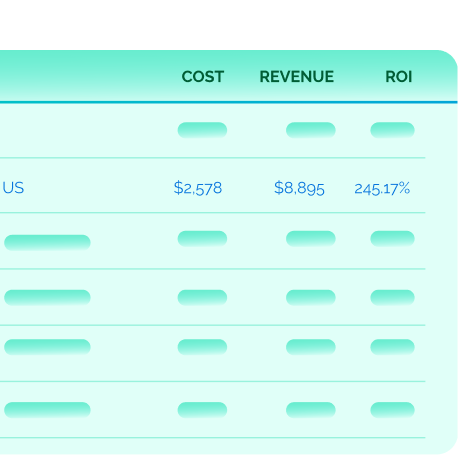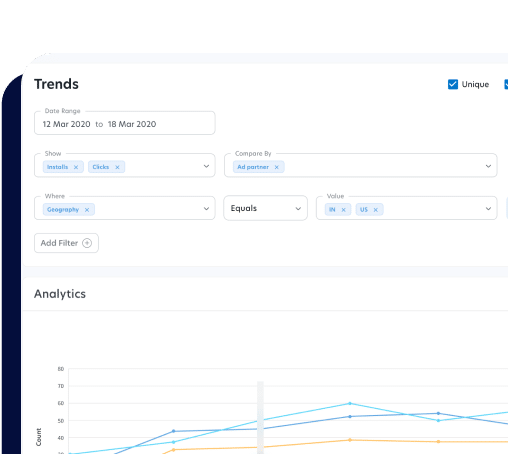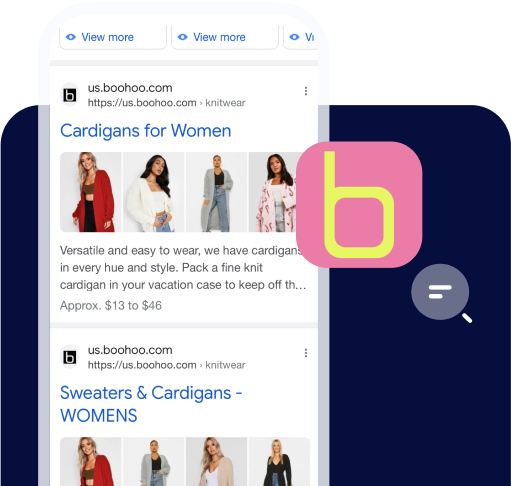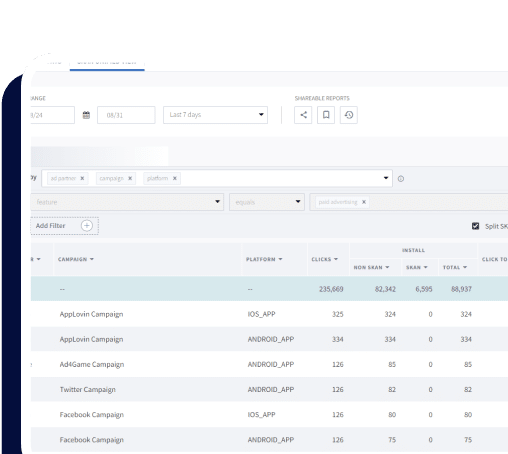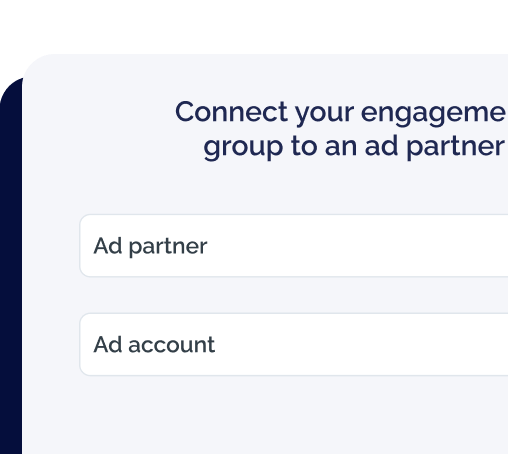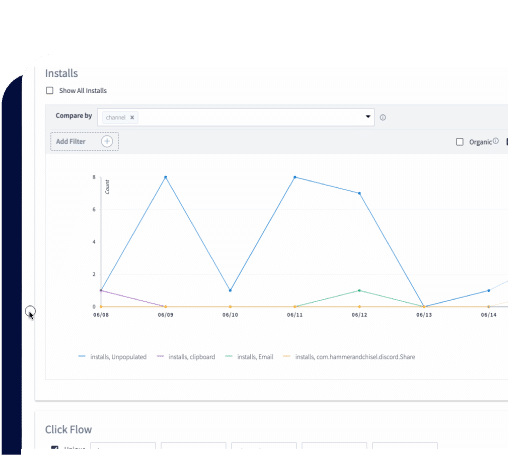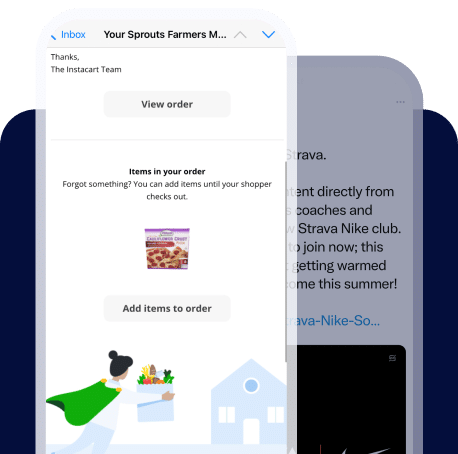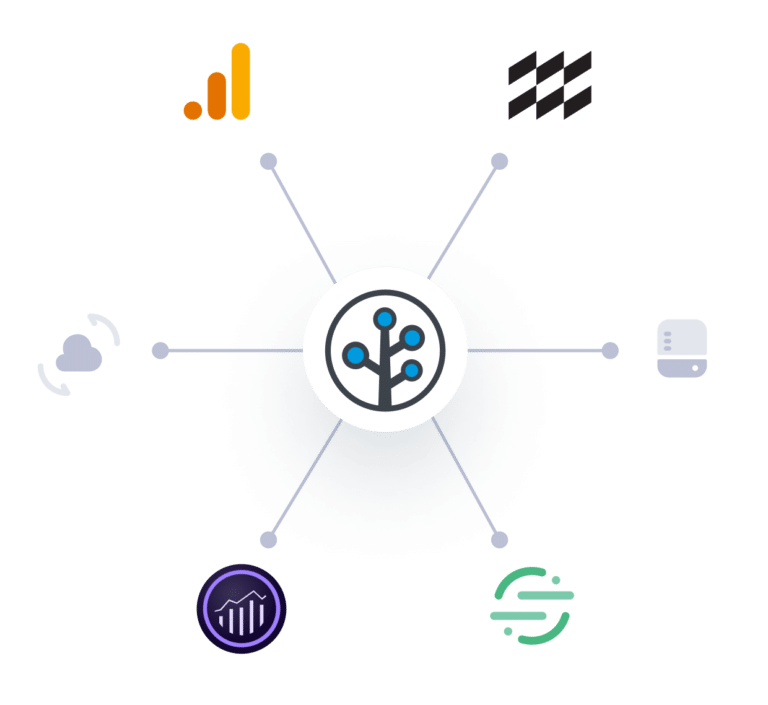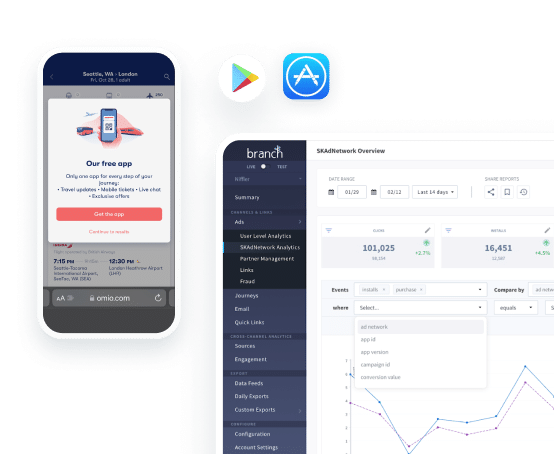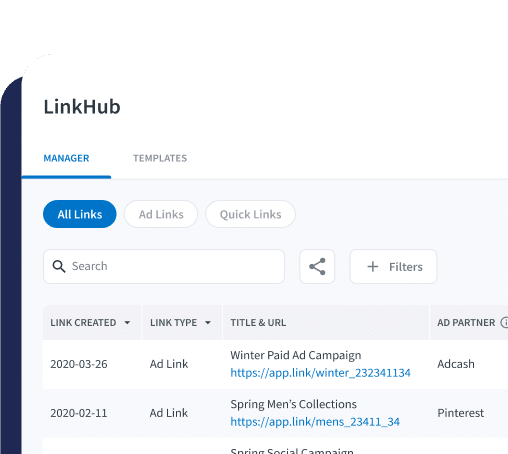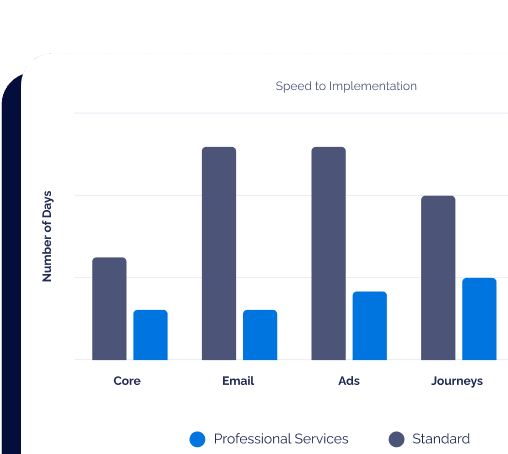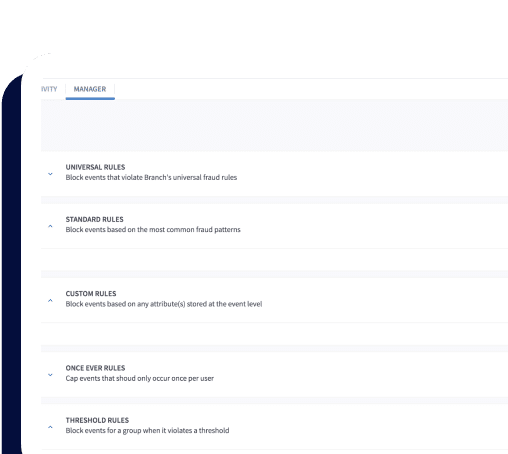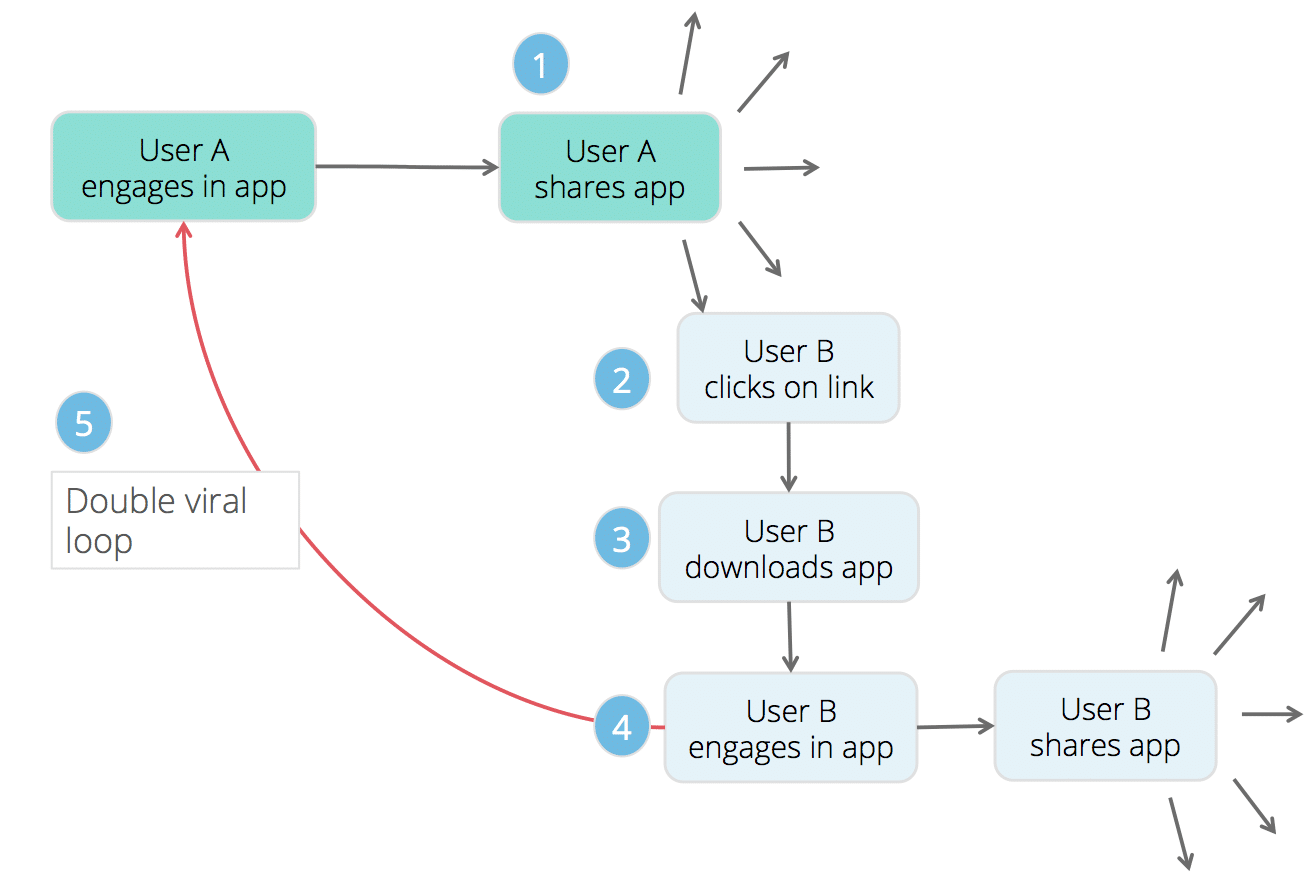What is viral index?
Any marketing technique aimed at the sharing and rapid proliferation of content for aggressive growth, similar to a pandemic or the spread of a viruses, is known as viral marketing.
In an article by Harvard Business Review, Kelsey Libert and Kristin Tynski write, “Successful viral campaigns regularly produce 1 million+ impressions, with standouts garnering 10x to 100x that number, often crossing over into the mainstream, and picking up free exposure on television and radio and in print media.” Although much of virality seems up to chance, there is a great deal of academic evidence supporting familiar patterns of growth.
In addition to the K-factor, another important variable in viral marketing is the viral cycle time. The viral cycle basically measures the time your initial customer sees your app and when their friend decides to take a look on their own. Jonah Berger describes in his popular novel, Contagious, that popular theories for virality are:
- Social Currency (Ego) – People talk about what makes them look good.
- Triggers – People talk about items associated with ideas and activities in people’s lives because they’re reminded of it.
- Emotion – People share what gives them high-arousal emotions.
- Public – People will do what other people are doing.
- Practical value – People will share what has practical value.
- Stories – People will share stories.
Following these principles can increase your campaigns K-Factor and accelerate the viral cycle time.
Lastly, take advantage of what Josh Elman calls the double viral loop: when User B joins from an invite or share from User A, close the loop by notifying User A. It’s great evidence of how re-engagement can power enhanced mobile growth, and it can drive further shares.
Reaching virality is the holy grail for most product and the only way to get there is to keep trying, keep testing, learning, and trying again.

